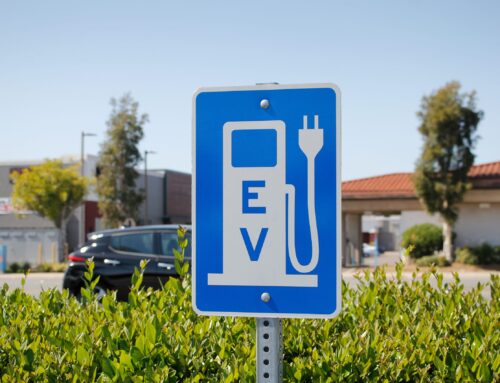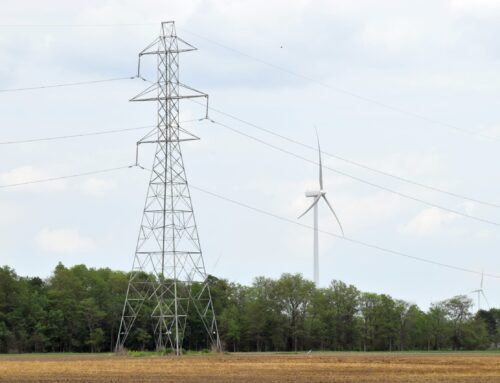Want safer cannabis? Take it off the streets and put it behind the counter
May 15, 2025
By Paul Armentano
Unlike alcohol and many other psychoactive substances, marijuana is incapable of causing a lethal overdose. Nonetheless, sensational accounts of overdoses from allegedly tainted marijuana products continue to proliferate.
Again and again, these claims are debunked. But far too few people ever hear the inevitable retractions.
A case in point: Police in Warwick, Rhode Island recently walked back their claims that exposure to “fentanyl-laced cannabis” was responsible for a local woman’s tragic overdose death. While street fentanyl can no doubt be deadly, the substance is rarely if ever present in cannabis.
Nonetheless, fear-mongering headlines and dubious police accounts claiming otherwise remain plentiful.
For instance, police in Brattleboro, Vermont generated headlines in 2021 when they arrested multiple people on charges of distributing fentanyl-tainted cannabis. Days later, however, lab tests confirmed that no fentanyl was present in any of the marijuana samples seized by law enforcement.
A similar, highly publicized scenario unfolded in Connecticut, where officials alleged that marijuana laced with fentanyl was responsible for over three dozen overdose incidents. Forensic analyses later determined that only one of these cases actually involved the ingestion of fentanyl. (That case, health officials said, was probably the result of accidental contamination.)
Such sensational pronouncements, followed by far less publicized refutations, are nothing new.
According to a 2023 report issued by New York State’s Office of Cannabis Management: “Misinformation related to the danger of accidental overdose due to cannabis ‘contaminated’ with fentanyl remains widespread.” These claims “continue to be found to be false, as of the date of this publication.”
In fact, a recent Harvard Medical School study revealed that forensic labs almost never find fentanyl in illicit cannabis seizures. “Our results show no evidence of widespread fentanyl co-occurrence with cannabis,” the study’s authors concluded.
That’s not to say that some unregulated cannabis products aren’t without their own quality control issues.
For instance, a recent scientific analysis of unregulated cannabis flowers seized by police determined that 16 percent of samples “had detectable levels of mycotoxins and fungal metabolites.”
Some hemp-derived cannabinoid products, which are often sold at gas stations and “smoke shops” and aren’t typically subject to any state or federal regulations, have been found to contain unlabeled cutting agents and potentially dangerous heavy metals — including magnesium, chromium, nickel, and mercury.
Some commercially available CBD products, which are also largely unregulated, have also been found to contain psychoactive additives, including dextromethorphan, a common cough suppressant.
In addition, these unregulated products often contain far higher or lower percentages of the active ingredients identified on their labels. As a result, consumers may be getting far more — or in other instances, far less — than they bargained for.
The solution to these quality control issues isn’t to amplify sensational (and often fictitious) claims about tainted weed. It’s to eliminate consumers’ exposure to potentially adulterated or mislabeled products by legalizing and regulating cannabis manufacturing and sales.
Under state regulations governing the adult-use and medical cannabis markets, products are made available from licensed manufacturers at state-licensed retail stores. This cannabis is cultivated, and these products are manufactured, in accordance with good manufacturing practices. Products are lab tested and labeled accordingly — ensuring that consumers have access to products of verified purity and potency.
As these state-legal markets mature, they disrupt the unregulated cannabis marketplace. According to a 2023 survey, 52 percent of consumers residing in legal states said that they primarily sourced their cannabis products from brick-and-mortar establishments. By contrast, only 6 percent of respondents said that they primarily purchased cannabis from a “dealer.”
In Canada, which legalized cannabis sales nationwide five years ago, some 70 percent of consumers report purchasing marijuana products exclusively from the legal marketplace. Further, jurisdictions that have legalized marijuana markets see declines in the use of both synthetically produced and unregulated, hemp-derived cannabis products.
Will marijuana legalization bring an end to the fentanyl crisis? No. But by taking cannabis products off street corners and placing them behind the counter, lawmakers are providing cannabis consumers with safer experiences and greatly reducing their risk of being inadvertently exposed to contaminated products.
Paul Armentano is the Deputy Director of NORML, the National Organization for the Reform of Marijuana Laws. This op-ed was distributed by OtherWords.org.
RevContent Feed
Search
RECENT PRESS RELEASES
Related Post







